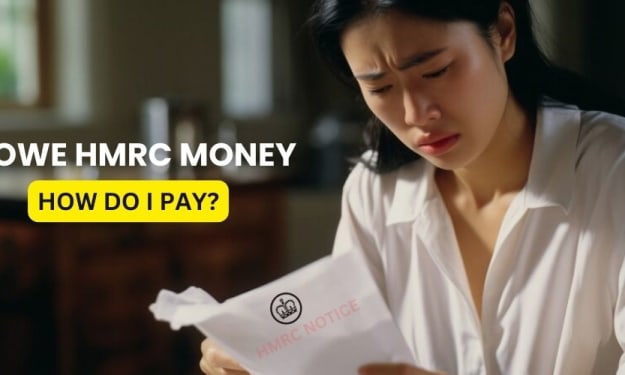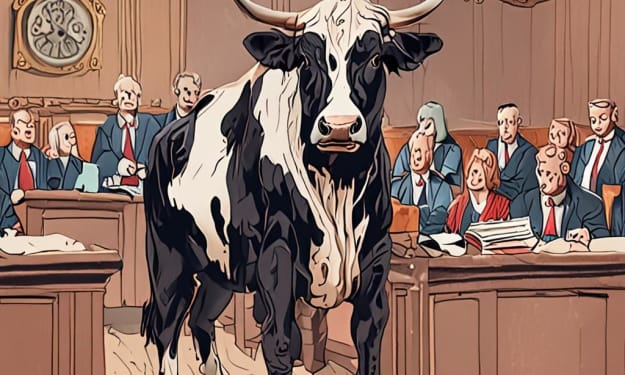Sole Traders & Ltd Companies Unable to Pay Bounce Back Loan: What to Do
Unable to Pay Bounce Back Loan

In the wake of the COVID-19 pandemic, many businesses faced unprecedented challenges. To support struggling enterprises, the UK government introduced the Bounce Back Loan Scheme (BBLS) in May 2020. This scheme aimed to provide quick access to financial support for small and medium-sized businesses affected by the pandemic. While the BBLS provided a lifeline to many businesses, some sole traders and limited companies now find themselves unable to repay these loans. This article explores the reasons behind this predicament, the consequences of non-repayment, and the options available to businesses struggling with Bounce Back Loan repayments.
Understanding the Bounce Back Loan Scheme (BBLS)
The BBLS was designed to help businesses weather the storm of the COVID-19 crisis. The key features of the scheme included:
Loan Amount: Businesses could borrow between £2,000 and £50,000, up to 25% of their turnover.
Interest and Repayment: The loan had a fixed interest rate of 2.5% per annum. The government covered the interest payments for the first 12 months, and businesses were not required to make any repayments during this period.
Repayment Period: The loan term was six years, but early repayment without penalty was allowed.
Eligibility: The scheme was open to most UK businesses that were adversely impacted by COVID-19, including sole traders and limited companies.

Reasons for Inability to Repay Bounce Back Loans
Several factors have contributed to the inability of some sole traders and limited companies to repay their Bounce Back Loans:
Continued Economic Uncertainty: Despite the initial support, many businesses have continued to struggle due to ongoing economic uncertainties. Lockdowns, supply chain disruptions, and changes in consumer behaviour have all impacted business revenues.
Reduced Consumer Spending: The pandemic led to a significant shift in consumer spending patterns. Many people reduced their spending due to job losses or uncertainties, affecting businesses reliant on consumer expenditure.
Operational Challenges: Some businesses faced operational challenges such as reduced workforce, increased costs for safety measures, and difficulties in adapting to new business models like online sales.
Inadequate Financial Planning: Some businesses may not have had robust financial planning or risk management strategies in place, making it difficult to manage loan repayments alongside other operational costs.
Overestimation of Recovery: In the hope of a quick economic recovery, some businesses borrowed more than they could realistically repay, expecting a return to pre-pandemic revenue levels.
Consequences of Non-Repayment
Failing to repay a Bounce Back Loan can have serious consequences for both sole traders and limited companies:
Impact on Credit Rating: Non-repayment can negatively affect the business’s credit rating, making it difficult to obtain future financing.
Legal Action: Lenders can take legal action to recover the debt, which can include obtaining a County Court Judgment (CCJ) against the business.
Asset Seizure: In severe cases, lenders may seek to seize business assets to recover the loan amount.
Business Closure: Persistent financial difficulties may force some businesses to close down, leading to job losses and further economic impact.
Personal Liability for Sole Traders: Sole traders are personally liable for their business debts. This means that personal assets, such as homes or savings, could be at risk if they are unable to repay the loan.
Options for Businesses Struggling with Repayment
If a business is struggling to repay its Bounce Back Loan, it is essential to explore the available options to manage the situation effectively:
Communicate with the Lender: The first step is to communicate with the lender. Many lenders are willing to work with borrowers to find a solution, such as restructuring the loan or offering a repayment holiday.
Utilise the Pay As You Grow (PAYG) Scheme: The government introduced the PAYG scheme to provide additional support to businesses with Bounce Back Loans. This scheme allows businesses to:

Extend the loan term from six to ten years.
Make interest-only payments for six months, up to three times during the loan term.
Take a repayment holiday for six months.
Seek Professional Advice: Consulting with financial advisors or credit consultants can help businesses understand their options and develop a plan to manage their debts. Professionals can provide valuable insights into financial restructuring, debt management, and negotiation with lenders.
Explore Government Support: In addition to the PAYG scheme, other government support initiatives may be available to struggling businesses. Keeping informed about such schemes can provide additional relief.
Consider Insolvency Options: If the business is facing severe financial distress, it may be necessary to consider insolvency options such as Company Voluntary Arrangements (CVAs) or, in extreme cases, liquidation. These options can help manage debts in an orderly manner and potentially provide a fresh start.

Preventive Measures for Future Financial Stability
For businesses to ensure long-term financial stability and avoid similar situations in the future, it is crucial to adopt preventive measures:
Robust Financial Planning: Develop comprehensive financial plans that include cash flow management, budgeting, and forecasting. This can help businesses anticipate financial challenges and prepare accordingly.
Diversified Revenue Streams: Relying on a single revenue stream can be risky. Diversifying revenue sources can provide a buffer during economic downturns and help sustain the business.
Effective Risk Management: Implementing risk management strategies, such as insurance and contingency planning, can protect businesses from unforeseen events and financial shocks.
Continuous Monitoring and Adaptation: Regularly monitor financial performance and market trends. Being proactive in adapting to changes can help businesses stay resilient.
Building a Financial Cushion: Setting aside reserves or maintaining a financial cushion can provide businesses with the necessary funds to navigate through difficult times without relying solely on external financing.
If you're a business owner having trouble repaying your Bounce Back Loan, get help now. Acme Credit Consultant has over 57 offices in more than seven countries and offers a free initial consultation for Directors and Shareholders. Contact our friendly team for advice on managing your Bounce Back Loan.

Call us at 0203 318 0990 or email [email protected]. We're here to support your financial health and keep your business running smoothly.
Visit : https://acmecredit.co.uk/bounce-back-loan-repayment-help/
About the Creator
Enjoyed the story? Support the Creator.
Subscribe for free to receive all their stories in your feed. You could also pledge your support or give them a one-off tip, letting them know you appreciate their work.





Comments
There are no comments for this story
Be the first to respond and start the conversation.